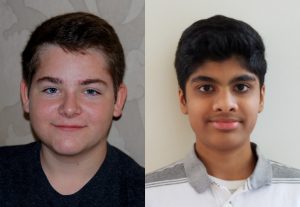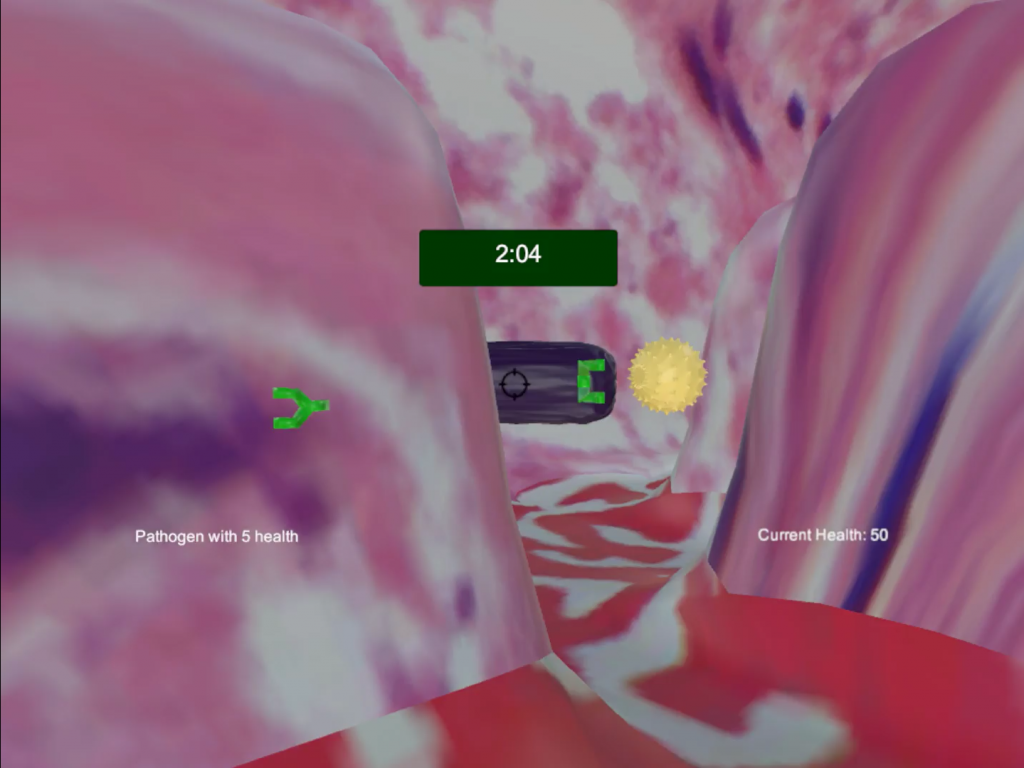
When Shrey Pandya, 13, of Exton, Pennsylvania and Lucas Armand, 14, of Malvern, Pennsylvania set out to create their own fast-paced first person shooter game, they were determined to come up with a concept that was educational, nonviolent, and engaging for young players. The result, Outbreak: Cellular Warfare, is an exciting adventure in which you take on the role of an immunity cell, combating pathogens within your host in order to keep them healthy. “The immune system provided a very interesting base to make fun game mechanics,” says Lucas. The boys decided to team up when they heard about the 2016 National STEM Video Game Challenge from a teacher, and their thoughtful collaboration led to Outbreak: Cellular Warfare, winner of the Nat Geo Explore Playable Game Middle School category.

Shrey’s interest in game design goes all the way back to second grade, when he found GameMaker during an online search, followed tutorials, and created his first game, Hunt for Gold. When he’s not designing and playing video games, he enjoys other types of programming projects and riding his bike with friends. He hopes to study computer science and business in college, and aspires to work at Google or start a tech company of his own.
Lucas shares Shrey’s early roots in game design, and started learning GameMaker in third grade. “Over the course of the next three years, I began to learn C++ and C#,” Lucas says, “As well as little bits of other programming languages, the Unity engine, and the Blender 3D modeling software.” When he’s not designing and playing games, Lucas enjoys boating and spending time with friends. He’s interested in studying science or computer science when he’s older.
Throughout the design process, Lucas and Shrey learned a lot about game development—and how to work on a team effectively. “There will always be problems [with your designs], but you have to learn to overcome them,” says Shrey. For Lucas, identifying his own strengths and weaknesses was an important part of the process. “When we needed to branch out and working on several different things at once, I learned that I was good at making 3D models and creating AI, while Shrey was good at working on the networking and multiplayer,” he explains, “This division of power helped us make our game the best it could possibly be.”


